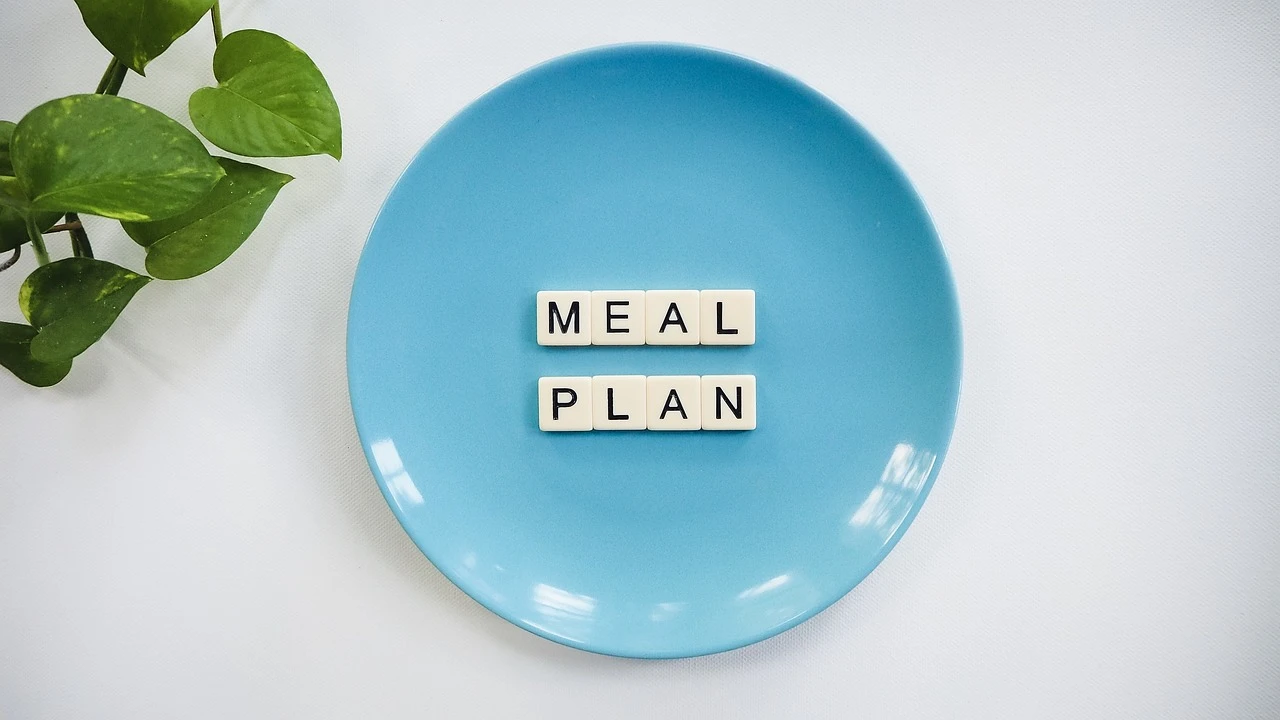The Complete Guide to Creating an Effective Meal Plan
NutritionMeal PlanningHealthDiet

Learn how to create a personalized meal plan that supports your health and fitness goals while fitting your lifestyle and preferences.
The Complete Guide to Creating an Effective Meal Plan
A well-designed meal plan is crucial for achieving your health and fitness goals. This comprehensive guide will help you create a sustainable and effective meal plan that fits your lifestyle.
Understanding Meal Planning Basics
Purpose of Meal Planning
- Goal achievement
- Nutrition optimization
- Time management
- Budget control
- Stress reduction
Key Components
- Caloric needs
- Macronutrient balance
- Meal timing
- Food preferences
- Lifestyle factors
Calculating Your Needs
Energy Requirements
- BMR calculation
- TDEE assessment
- Activity factor
- Goal adjustment
- Individual variation
Macronutrient Distribution
-
Protein needs
- 1.6-2.2g per kg bodyweight
- Quality sources
- Timing considerations
- Individual requirements
-
Carbohydrate needs
- Activity level based
- Training intensity
- Goal specific
- Personal tolerance
-
Fat requirements
- Essential needs
- Hormone support
- Energy provision
- Health optimization
Meal Structure
Meal Frequency
- 3-6 meals per day
- Individual preference
- Schedule constraints
- Energy distribution
- Hunger management
Meal Timing
- Pre-workout
- Post-workout
- Work schedule
- Sleep schedule
- Social factors
Food Selection
Quality Sources
Proteins
- Lean meats
- Fish
- Eggs
- Dairy
- Plant-based options
Carbohydrates
- Whole grains
- Fruits
- Vegetables
- Legumes
- Starchy vegetables
Fats
- Nuts and seeds
- Avocados
- Olive oil
- Fatty fish
- Coconut products
Portion Control
-
Measurement methods
- Food scale
- Hand portions
- Visual guides
- Measuring cups
-
Portion guidelines
- Protein: palm size
- Carbs: cupped hand
- Fats: thumb size
- Vegetables: fist size
Meal Prep Strategies
Weekly Planning
- Menu development
- Shopping list
- Prep schedule
- Storage solutions
- Variety management
Batch Cooking
- Protein preparation
- Grain cooking
- Vegetable prep
- Sauce making
- Portioning
Storage Solutions
- Container selection
- Refrigeration
- Freezing methods
- Labeling system
- Organization
Special Considerations
Dietary Restrictions
- Food allergies
- Intolerances
- Religious considerations
- Ethical choices
- Medical needs
Goal-Specific Plans
- Weight loss
- Muscle gain
- Performance
- Health optimization
- Maintenance
Shopping and Budget
Shopping Strategies
- List preparation
- Store selection
- Bulk buying
- Sale shopping
- Quality prioritization
Budget Management
- Price comparison
- Seasonal shopping
- Bulk purchases
- Sale utilization
- Waste reduction
Implementation
Getting Started
- Start small
- Progressive changes
- Habit formation
- System creation
- Regular evaluation
Common Challenges
- Time management
- Budget constraints
- Family preferences
- Social situations
- Travel accommodations
Meal Plan Flexibility
Flexible Dieting
- 80/20 principle
- Food substitutions
- Portion adjustments
- Social eating
- Special occasions
Plan Adjustments
- Progress monitoring
- Goal updates
- Preference changes
- Schedule modifications
- Lifestyle adaptations
Recipe Development
Basic Recipes
- Breakfast options
- Lunch ideas
- Dinner varieties
- Snack choices
- Pre/post workout
Recipe Modification
- Portion scaling
- Ingredient substitution
- Cooking method adaptation
- Flavor enhancement
- Nutrient optimization
Tracking and Monitoring
Progress Tracking
- Body measurements
- Energy levels
- Performance markers
- Sleep quality
- Mood states
Plan Adjustment
- Regular review
- Goal alignment
- Preference updates
- Schedule changes
- Results optimization
Special Situations
Travel Planning
- Portable options
- Restaurant strategies
- Hotel solutions
- Schedule adaptation
- Emergency options
Social Events
- Pre-planning
- Food choices
- Portion control
- Communication
- Flexibility
Long-term Success
Habit Formation
- Consistent practice
- System development
- Routine establishment
- Preference adaptation
- Lifestyle integration
Maintenance Strategies
- Regular assessment
- Plan updates
- Continued education
- Support system
- Professional guidance
Conclusion
Effective meal planning requires:
- Clear goals
- Proper planning
- Consistent execution
- Regular monitoring
- Flexible adaptation
Focus on:
- Sustainable practices
- Individual preferences
- Lifestyle fit
- Regular evaluation
- Continuous improvement
Remember that successful meal planning is:
- Personal
- Flexible
- Progressive
- Sustainable
- Goal-oriented

